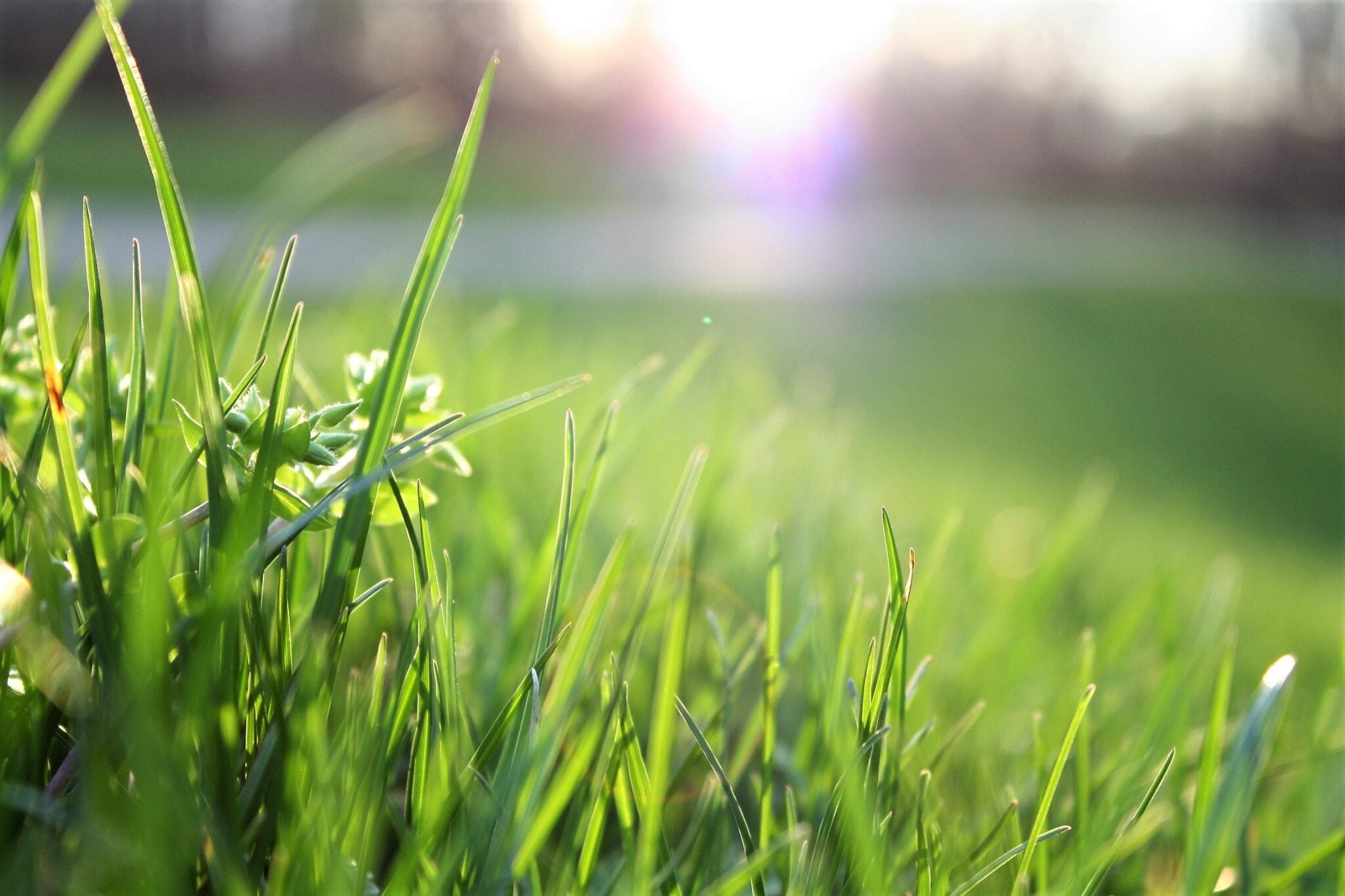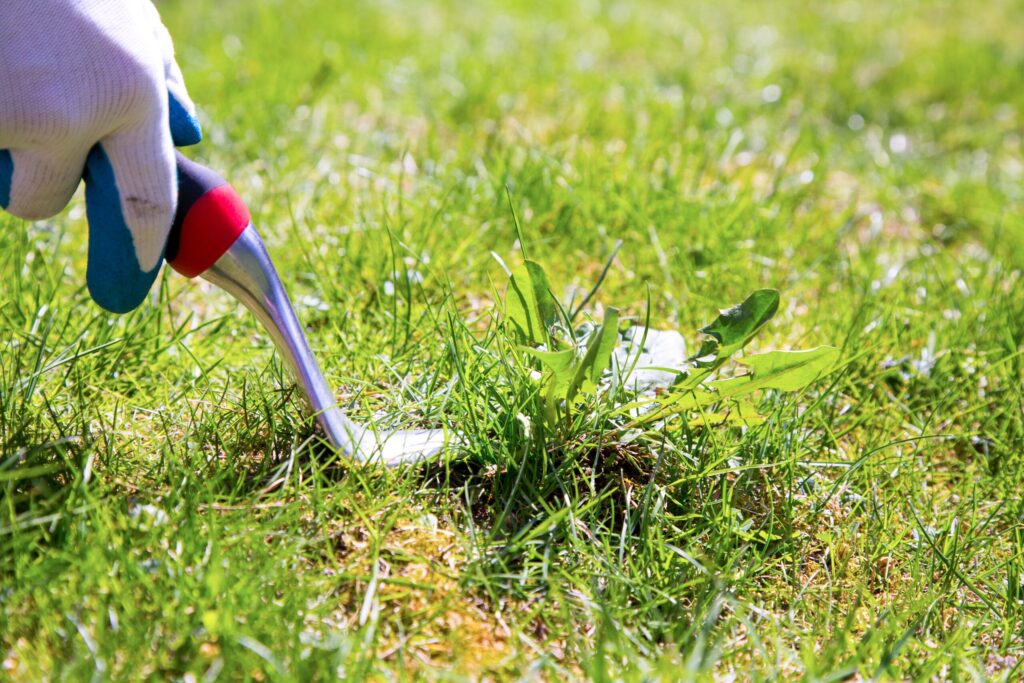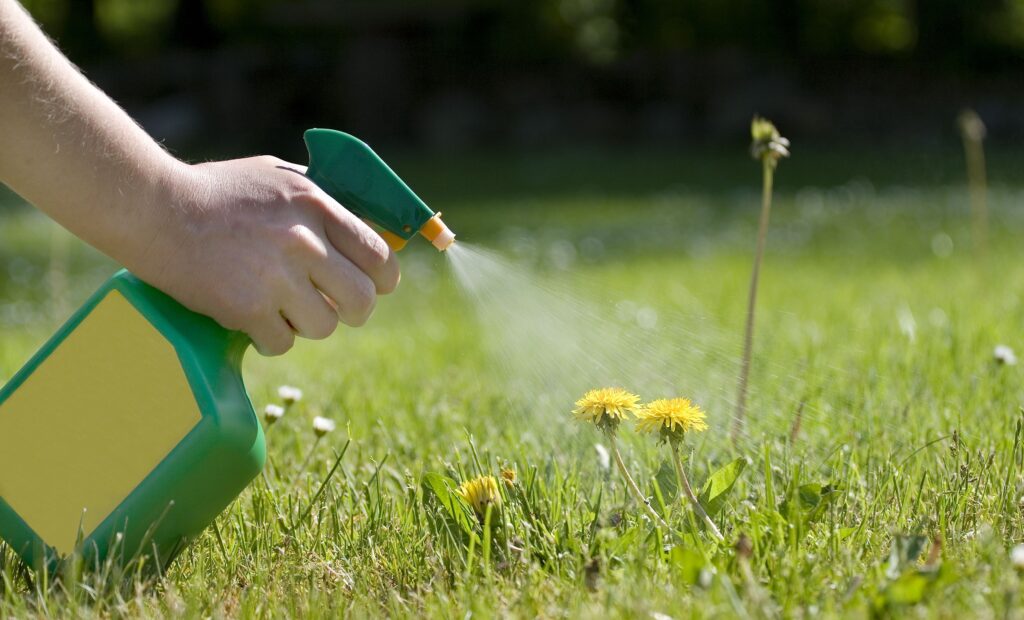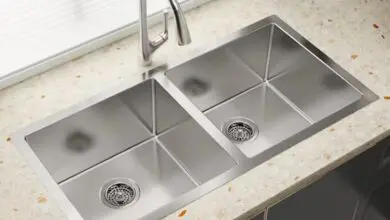The Best Time to Apply Weed Killer: A Guide to Lawn Weed Control

Maintaining a beautiful, lush lawn is a dream for many homeowners. However, pesky weeds can quickly take over, ruining the overall appearance of your lawn. Weed killers are a popular solution for controlling these unwanted plants, but timing is everything when it comes to using them effectively.
Understanding Weed Growth

To effectively control them, it’s important to understand their growth cycle. They can be classified as annual, biennial, or perennial. Annual weeds complete their life cycle in a single year, while biennial ones take two years to complete their cycle. Perennial ones live for multiple years, often regenerating from their roots or seeds.
In general, they tend to grow most aggressively in the spring and early summer, as soil temperatures warm up and moisture levels increase. This makes spring a critical time for the control, as it’s when they are most vulnerable to treatment.
Choosing the Right Weed Killer

Before we dive into the best time to apply a killer, it’s important to choose the right product for your needs. There are two main types of killers: selective and non-selective.
Selective ones are designed to target specific types of weeds while leaving your grass unharmed. These are best for controlling common lawn weeds like dandelions, crabgrass, and clover. Non-selective ones, on the other hand, kill all plant life they come into contact with, including grass. These are best for spot treatments or controlling weeds in non-grassy areas like driveways and sidewalks.
When choosing a killer, it’s also important to consider the brand and its effectiveness. Sarasota landscaping experts recommend using a trusted brand like Roundup or Ortho for the best results.
The Best Time to Apply Weed Killer
Now that you understand weed growth and have chosen the right killer, it’s time to determine the best time to apply it. In general, the best time to apply a killer is when weeds are actively growing and the weather conditions are ideal.
For most areas, this is typically in the spring, after the last frost has passed and soil temperatures have reached at least 55 degrees Fahrenheit. Applying the killer before the soil has warmed up can be ineffective, as the weeds may not be actively growing yet.
It’s also important to consider the weather forecast when applying the killer. Ideally, you want to apply it on a calm, dry day when there is no rain forecast for at least 24 hours. This will allow it to be absorbed into the plants, maximizing its effectiveness.
Tips for Applying Weed Killer
Applying weed killer can be a tricky process, but these tips can help ensure you get the best results possible:
- Read the label carefully before applying it. Different products may have different application rates or requirements.
- Apply it in the morning or evening when temperatures are cooler, as this can reduce the risk of the product evaporating too quickly.
- Avoid applying it during periods of drought, as the lack of moisture can make the product less effective.
- Wear protective clothing, including gloves and long sleeves, to prevent contact with the killer.
- Be patient. It can take several days or even weeks for it to take effect, so don’t expect immediate results.
Final Thoughts
Controlling weeds in your lawn requires patience, persistence, and the right tools. By understanding its growth and choosing the right killer, you can effectively rid your lawn of pesky weeds and achieve the lush, green lawn you’ve always wanted.




